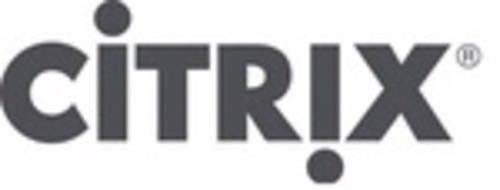Wasting absolutely no time since its takeover of virtual disk technology maker RingCube just two weeks ago, Citrix today released its latest 5.5 version of XenDesktop with RingCube support built-in. The latest edition enables RingCube’s radical new configuration for virtual desktop deployment: a system where all the users’ operating system and application images are maintained in single volumes, with only their personal documents stored separately.

There’s no logical reason any more why a virtual desktop deployment must mirror a physical hard drive, with multitudes of near-identical copies of Windows and Linux and Mac OS congesting storage networks and consuming bandwidth. With the RingCube model, everyone who chooses the same operating system runs off the same image.
As a RingCube white paper (PDF available here) points out, early VDI adopters have been making their employees shoulder the task of conserving storage space and workloads, particularly by placing Draconian limits on their ability to personalize their desktops.
“Most organizations implement a pooled VDI deployment model, where the same image structure is used for all users. The images are returned to their original condition every time a user logs on. Any changes that the user made during the session, such as changing wallpaper or customizing background colors, are lost when they log out. It’s an ideal solution, from an IT management standpoint, for structured task workers who don’t need image customization to perform their jobs, but a poor one for users who require highly personalized desktops.”
Desktop backgrounds aren’t the only personalization problem. Knowledge workers utilize custom tools and templates for their Office applications, the installation of which affects their AppData folders (in Windows 7). Web applications on which many businesses rely (for example, WebEx conferencing) are installed as personalizations to users’ Web browsers. With VMware, changes that a VDI user makes to the main VDI image, or golden master, are stored in so-called delta files. These tools and Web apps also disappear when many VDI users log off, because many businesses’ policies are to dump delta files to save storage.
That leads to the wildest workarounds, a few of which you may be familiar with. For example, some workers never log off. They leave their VDIs running, knowing that a reboot means some chunk of their critical functionality will be lost. Of course, that means their VDIs remain rooted to their desktops, and can never run on laptops for fear of inadvertent hibernation.
And as I learned in earlier research on the topic, some businesses are telling their users they must log off at night, but are advising them to reinstall their Web apps every morning when they get to work. Some IT managers are creating installation packages for doing this automatically, that they’re embedding in workers’ Startup folders.
One even worse alternative that some businesses have instituted is a limitation on VDI deployment to a limited number of workers, whose necessary customizations may have lesser impact on storage size. Reads the RingCube white paper, “VDI’s lack of scalability to workers that require customized desktops means the vast majority of VDI installations are never rolled out past structured task workers. Unfortunately, the result is you can’t take advantage of economies of scale to broaden your VDI deployment to employees that need customized desktops, such as knowledge workers.”
These are the scenarios that RingCube’s – and now Citrix’ – “personal vDisk” technology seeks to address. Each vDisk is a persistent entity, and by way of an agent driver installed into the master image, changes that would have been captured by delta files are captured here instead transparently. So there is only one image of the user’s side of the VDI at all times, not a master image and a separate database of changes and exceptions. However, the user doesn’t see a gaggle of volumes on his desktop – just a single, smooth, meshed storage drive.
RingCube’s management program was called vDesk (with an “e”), and that is being incorporated now into XenDesktop. For no extra charge, says Citrix this morning, businesses will be able to create pilot deployments of vDisks. XenDesktop 5.5 is available now for download.










